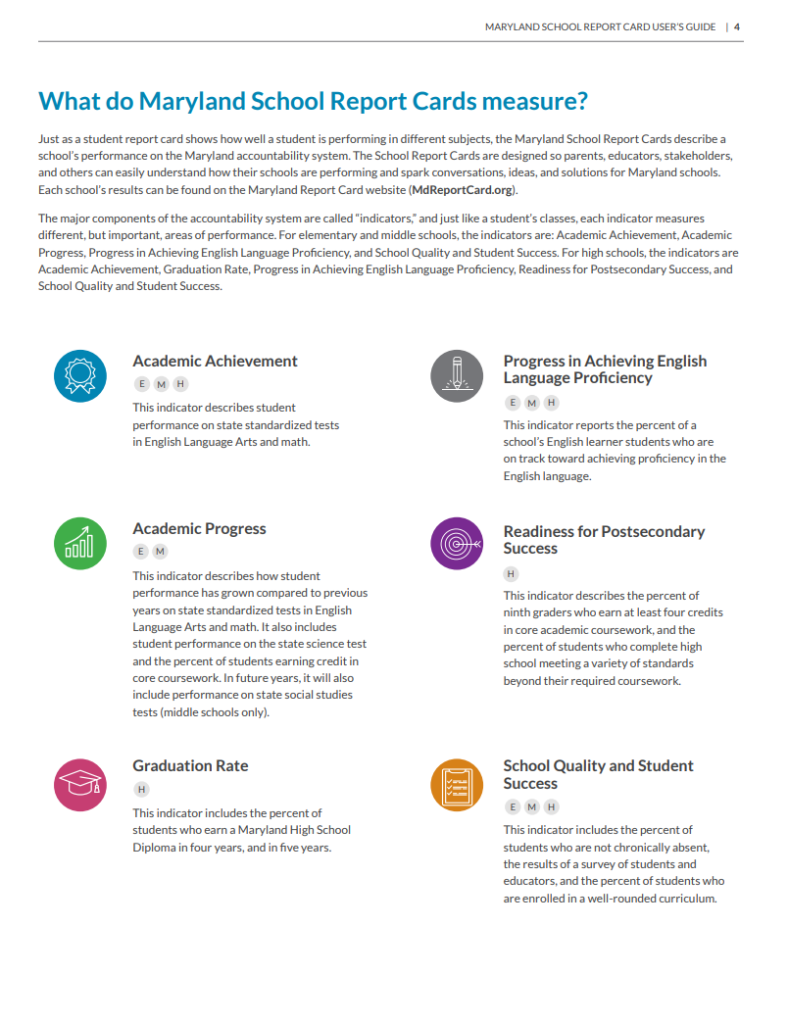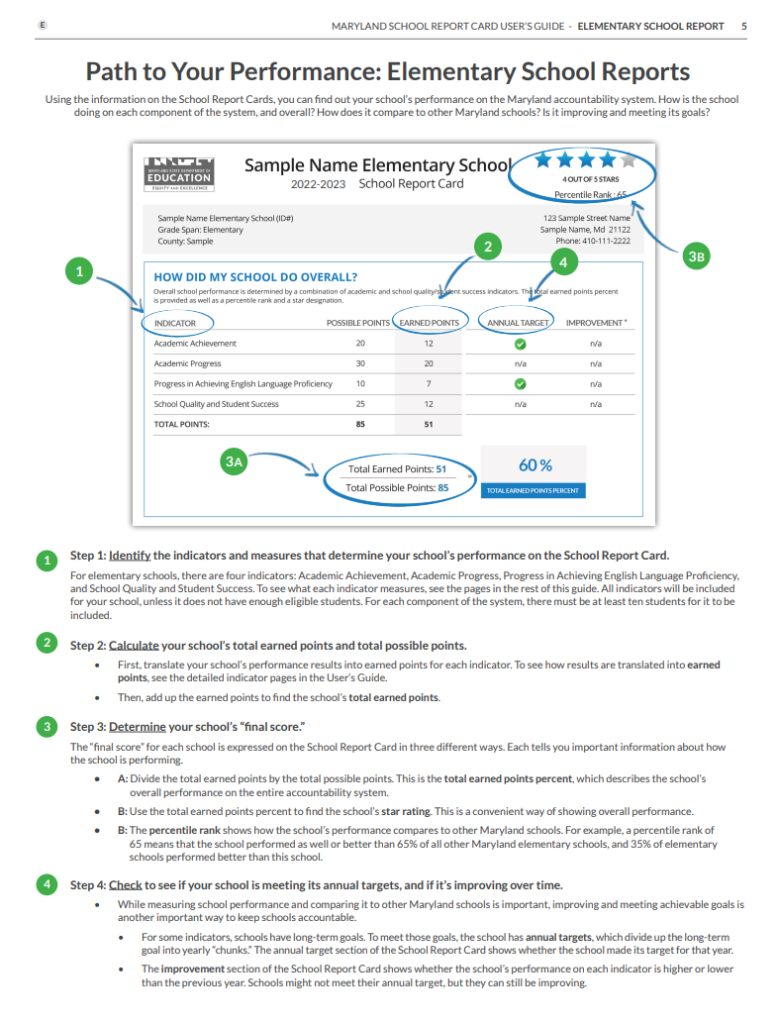
In their latest attempt to dumb down information and con parents, the State of Maryland has created a school rating system with a formula so complicated it would take a rocket scientist to figure it out. It leaves many parents with the illusion that the students in their schools are actually learning when most are not.
Obscuring information is nothing new in the Maryland Public Schools. Last year, former Maryland Superintendent of Schools Choudhury and the Maryland State Department of Education were hiding the low scores of some schools by using an asterisk in place of the actual scores. They explained the deception by saying they were "protecting student privacy" in certain schools. It was an explanation that didn't hold water.
Building on that tactic, the State is now assigning a "star rating" to schools. Here is the explanation of which categories they use to develop these ratings:

The "star rating" is made up of five different star levels, 1 being the lowest, 5 the highest. To determine how many stars a school gets, one adds up the "points" they get for their success in the indicators.

And you thought doing your taxes was complicated? The guide for how these points are determined is 34 pages long and available here:
MSDE_ReportCard_UserGuide_2023_v1.pdf (maryland.gov)
This is a very clever tactic. Here is the report card for Easton Elementary School in Talbot County:
At first glance at the star ratings, a parent might think that 3 stars out of 5 for Easton Elementary is not that bad. If you did it statistically, that would be a 60%; not passing but close.
The problem is that in the area that matters, academics, the school only earned 7.1 out of 20 points. Only 16.1% of the students were proficient in Math, 27.8% proficient in Language Arts, and 20% proficient in Science. Miserable by any standard.
At least 56% of English Language Learners are making progress in learning English.
But the state glosses over this miserable failure by giving Easton Elementary the equivalent of a participation trophy in other areas such as "School Quality" which includes points for not having a high percentage of students who are "chronically absent" and whether students/teachers like the school and feel safe there. (Sadly, even in those categories, Easton Elementary only scored 3.6 points out of seven for students and 1.5 points for teachers.) The good news is that everyone thinks the students at Easton Elementary have access to a "well rounded curriculum" which could include everything from academics to ideological content regarding feelings, sexual identity, etc. They got all the points in that category.
That's how they managed 3 stars out of 5 stars.
Another cover the State gives schools is citing of the percent of students "making progress" in academic areas. If student scores go up at all from year to year, that is progress (called "growth" on the report card) and the school gets points for that. Student growth is divided into "chunks" for the school and is monitored each year. While making progress is a valuable goal, the state will give a school credit for making "progress, "even if they might not make their annual target. A school could fall short of their annual progress goal and still be considered improving. Doesn't that defeat the point of annual targets?
Other schools in Talbot County that scored 3 out of 5 stars were Tilghman and St. Michaels Elementary Schools, Easton Middle, Easton High and St. Michaels Middle High School.
Both Chapel and White Marsh Elementary scored 4 out of 5 stars. As a point of comparison, White Marsh Elementary students scored 40.3% proficient in Math and 51.7 in Language Arts, and 18.4% in Science.
For Secondary schools, other areas are assessed such as "Graduation Rate" and "Readiness for Post Secondary Success." While this sounds good, remember that schools can control the percent of students who graduate "on time." Readiness for Post Secondary Success is a category that the state hasn't completely defined yet.
Even with 96.8 percent of students graduating in a four-year timeline, poor academic scores in Math 21.2% proficient and English Language Arts 51.4% proficient, drag the star rating for Easton High down to a 3 out of 5. Even scarier, seventy-nine percent of the students graduating Easton High School in four years will not be proficient in Math. Forty-nine percent won't be proficient in English Language Arts. Clearly, we are graduating some students who can't do basic math, read, or write.
The plight of English Language Learners is even worse, with only 11.5% of them proficient in English. To be fair, it is likely that these are foreign students who came here as adolescents when languages are much more difficult to pick up. Many of them may have only been in the United States for a very short time.
With the controversial and extremely expensive Blueprint for Maryland's Future looming on the horizon, it's clear that the State is working overtime to control the narrative of education in the State and make data fit the message they want.
Problem is, sooner or later, people will figure it out and will realize that the billions of dollars of spending being forced on the locals by the State are not improving the plight of our young people one bit.